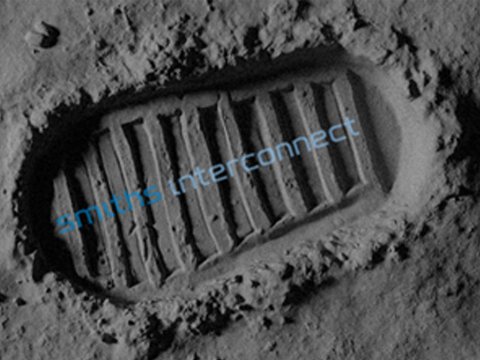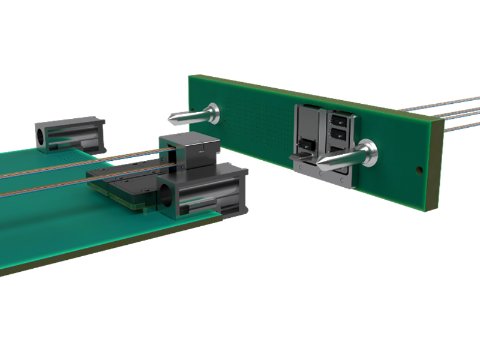- Wilkinson and Resistive Power Dividers with 2-, 3- and 4-way power splits and operating frequency up to 50 GHz
- Crossovers which bridge an RF signal over a DC line or two RF signals replacing the use of multilayer RF board or RF coaxial jumpers
- Power Samplers which provide a simple yet reliable way to implement signal or power tap-off
- All HybriX® products provide high performance in compact footprint. The surface-mountable signal distribution products are constructed with advanced alumina and aluminum nitride materials.
- Power dividers available for though 6G bands
- Surface mountable
- High power handling
- Low insertion loss
- RoHS compliant
- Tape & Reel packaging
- Power Division up to 12 Ways
- Power Sampler 2 Chip Watt Specification
- Power Sampler 2 Chip Watt Specification
- Wilkinson Power Divider WPD02-1525EBF
- Wilkinson Power Divider WPD02-1525UDF
- Wilkinson Power Divider WPD02-2535ECF
- Resistive Power Divider P2D50J
- Resistive Power Divider P2S35D
- Resistive Power Divider P3S35J
- Resistive Power Divider P3S35L
- Resistive Power Divider P4L50G










